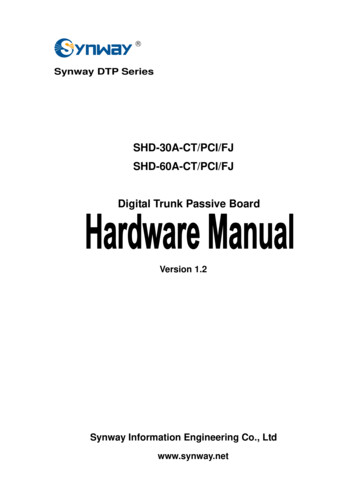
Transcription
Synway DTP SeriesSHD-30A-CT/PCI/FJSHD-60A-CT/PCI/FJDigital Trunk Passive BoardVersion 1.2Synway Information Engineering Co., Ltdwww.synway.net
Synway Information Engineering Co., LtdContentsContents . iCopyright Declaration . iiRevision History . iiiChapter 1 Overview . 11.1 Functions.11.2 Features .11.3 Operation Principle.2Chapter 2 Installation . 32.1 Hardware Structure .32.2 System Requirements.52.3 Installation Procedure .5Appendix A Technical Specifications . 9Appendix B Technical/sales Support. 10SHD-30A-CT/PCI/FJ, SHD-60A-CT/PCI/FJ Hardware Manual(Version 1.2)Page i
Synway Information Engineering Co., LtdCopyright DeclarationAll rights reserved; no part of this document may be reproduced or transmitted in any form or byany means, electronic or mechanical, without prior written permission from Synway InformationEngineering Co., Ltd (hereinafter referred to as ‘Synway’).Synway reserves all rights to modify this document without prior notice. Please contact Synway forthe latest version of this document before placing an order.Synway has made every effort to ensure the accuracy of this document but does not guarantee theabsence of errors. Moreover, Synway assumes no responsibility in obtaining permission andauthorization of any third party patent, copyright or product involved in relation to the use of thisdocument.SHD-30A-CT/PCI/FJ, SHD-60A-CT/PCI/FJ Hardware Manual(Version 1.2)Page ii
Synway Information Engineering Co., LtdRevision HistoryVersionDateCommentsVersion 1.12005-4Initial publicationVersion 1.22006-6Changes: Added RJ45 jacks to SHD-30A/PCI/FJboards, and modified some improper descriptionNote: Please visit our website http://www.synway.net to obtain the latest version of this document.SHD-30A-CT/PCI/FJ, SHD-60A-CT/PCI/FJ Hardware Manual(Version 1.2)Page iii
Synway Information Engineering Co., LtdChapter 1 OverviewThe DTP Series SHD-30A-CT/PCI/FJ and SHD-60A-CT/PCI/FJ are digital trunk passive boardsincluding PCI bus and can be connected to E1 trunks via high impedance for call information andvoice signals.1.1 FunctionszDetection of calling/called party infozEach board has 2 or 4 high impedance input ports and can monitor incoming/outgoingsignals on 1 or 2 E1 trunks simultaneouslyzSupports China SS1, SS7 (TUP, ISUP) and ISDN call analysis and voice signals analysiszSupports independent-recording of incoming, outgoing and mixed-recording modeszSupports Automatic Gain Control (AGC)zSupports detection of standard or customized DTMF or single-tone signalszActivity/silence detection1.2 FeatureszPCI 2.1 Bus SupportIncludes PCI 2.1 bus with burst data transmission rate up to 133 MB/s; PNP (plug andplay) feature eliminates the need for jumper leads.zComplete Signaling-System SupportUsing loadable signal-processing modules, monitoring of E1 trunks under varioussignaling systems can be achieved through configuration, without making changes to thehardware.zVarious CODECs SupportOffers a large selection of voice CODECS, including hardware-based A-law (G.711),μ-law, IMA-ADPCM, software-based 16-bit linear PCM, MP3 and VOX.zSupports WAV FileThe recorded speech files can be edited and played by audio tools such as Cooledit.zHigh Impedance ConnectionSimply achieved by parallel connection. Very high input impedance rules out interruptionSHD-30A-CT/PCI/FJ, SHD-60A-CT/PCI/FJ Hardware Manual(Version 1.2)Page 1
Synway Information Engineering Co., Ltdon system operation.zTDM CapabilityIncludes H.100 bus, facilitating smooth connectivity to third-party boards with H.100 busfor the transfer of acquired voice signals to other devices.z Automatic Signal-adaptationHigh signal-adaptation capability allows flexible choice of input point on transmission line.zUnique Hardware Serial NumberEach board has a unique hardware serial number written in the firmware to distinguishitself from other boards and prevent piracy. The number is available via an easy functioncall with applications.zAuthorized Code Identification CircuitThe on-board authorized code identification circuit is designed for software safety. Userscan apply to our company for the authorized code.z Synway’s Unified SynCTI Driver Development PlatformSynway owns the intellectual property rights for the unified high-intelligence SynCTI driverdevelopment platform. Each system supports up to 2048 channels. The functions andfeatures can be achieved through simple function calls on the driver platform, withouthaving to understand complex call procedures.1.3 Operation PrincipleFigure 1-1 Operation PrincipleSHD-30A-CT/PCI/FJ, SHD-60A-CT/PCI/FJ Hardware Manual(Version 1.2)Page 2
Synway Information Engineering Co., LtdChapter 2 Installation2.1 Hardware StructurezSHD-30A-CT/PCI/FJ boardH.100 BusLED1PCM0-IN1PCM0-IN2SHD- 30A – PCI /FJVERXXXLED2Figure 2-1 Front SideNotesLED1The synchronous light of the first input port for the first E1PCM0-IN1The first input port for the first E1PCM0-IN2The second input port for the first E1LED2The synchronous light of the second input port for the first E1XxxxxxxXXxxxxXXxxXNetworkaccess licenseCorporateLogoxxxxxxxSerial numberSHD-30A-CT/FJBoard ModelFigure 2-2 Reverse SideSHD-30A-CT/PCI/FJ, SHD-60A-CT/PCI/FJ Hardware Manual(Version 1.2)Page 3
Synway Information Engineering Co., LtdzSHD-60A-CT/PCI/FJ boardH.100 BusPCM0-IN1LED1PCM0-IN2SHD- 60A – CT /FJVERXXX xxxxx-xx-xxLED2PCM1-IN1LED3PCM1-IN2LED4Figure 2-3 Left and Front SidesNotesPCM0-IN1The first input port for the first E1PCM0-IN2The second input port for the first E1PCM1-IN1The first input port for the second E1PCM1-IN2The second input port for the second E1LED1The synchronous light of the first input port for the first E1LED2The synchronous light of the second input port for the first E1LED3The synchronous light of the first input port for the second E1LED4The synchronous light of the second input port for the second k accesslicenseCorporate LogoSerial numberBoard ModelFigure 2-4 Reverse SideSHD-30A-CT/PCI/FJ, SHD-60A-CT/PCI/FJ Hardware Manual(Version 1.2)Page 4
Synway Information Engineering Co., LtdNotes: RJ45 jacks have been added to the SHD-30A-CT/PCI/FJ boards. See Table 2-1 below forboard models and the corresponding on-board interface types.Board ModelInterfaceTypeNumber nectorRJ452Three-wayT-connector, 120leadsRJ454Three-wayT-connector, 120leadsSHD-30A-CT/PCI/FJSHD-60A-CT/PCI/FJTable 2-1 Board Model and Interface Type2.2 System RequirementsHost System RequirementsCPU: 300MHz Intel Pentium Ⅱ or aboveMemory: 256M or moreHD: Depends on individual requirementsSupported Operating SystemsRefer to SynCTI Programmer’s Manual.pdf.2.3 Installation ProcedureNotes: Always turn off the power before installation!Step 1: Properly fit the board into the PCI slot on the chassisStep 2: Connect the board with the devices to be monitored by E1 trunksConnection should be established as shown in Figure 2-5.SHD-30A-CT/PCI/FJ, SHD-60A-CT/PCI/FJ Hardware Manual(Version 1.2)Page 5
Synway Information Engineering Co., LtdThree-wayT-connectorE1TrunkPSTNPBXThis partmust belimited to20 metersFigure 2-5 Connection of Our Board with the Device to be MonitoredNotes:① Each pair of the input ports, be it that on the SHD-30A-CT/PCI/FJ boards or one of the two- ‘PCM0-IN1, PCM0-IN2’ and ‘PCM1-IN1, PCM1-IN2’ - on the SHD-60A-CT/PCI/FJ boards,can only monitor incoming and outgoing calls on the same one E1 trunk. Whichever portmonitors the incoming calls and whichever monitors the outgoing depends on your ownconfiguration.② When the on-board interface differ in type from the E1 trunk interface, a conversionbetween RJ45 and BNC by a conversion interface (see Figure 2-6) is required beforeperforming parallel connection.Figure 2-6 Conversion between RJ45 and BNCThe following Figure 2-7 is the pin layout for RJ45.Receive(Monitor the input port)Figure 2-7 Pin Layout for RJ45③ The three-way T-connector can be freely positioned on the monitored trunks. However,SHD-30A-CT/PCI/FJ, SHD-60A-CT/PCI/FJ Hardware Manual(Version 1.2)Page 6
Synway Information Engineering Co., Ltdthe trunk between the T-connector and our board must be limited to 20 meters (the shorterthe better) for good communication on the monitored trunk. If this requirement is hard tomeet in practice, you may manage to change the path of the monitored trunk and let itpass by our board. If signals indeed have to travel far (over 20 meters) through theT-connector, we suggest using high-impedance adaptors from Synway.Step 3: Connect the bus cable with the H.100 bus on each board.Skip this step if there is no need for bus exchange between multiple boards.Notes:① See Figure 2-8 for correct insertion. Do not twist or insert in the opposite direction.Figure 2-8 Connection of H.100 Bus② There are two clock settings for our boards: When between-board bus exchange is notrequired, each board sets its own clock and does not have to be connected to the buscable; otherwise, each board must be connected to the bus cable to follow the clock of thecable.③ The bus cable houses stiff conducting material. Therefore, when it has been shaped, donot bend it repeatedly or violently lest it is broken.Step 4: Connect to a playback/monitoring deviceSkip this step if there is no need to ‘monitor in real time’ or ‘play’.Notes:① Although the digital trunk passive board does not possess an analog tone signaloutput interface for monitoring and playback, these purposes can be achievedthrough linking the board to a pre-installed analog board with monitoring and playbackcapabilities over H.100 bus.②Also common sound cards can be used for playing and monitoring.SHD-30A-CT/PCI/FJ, SHD-60A-CT/PCI/FJ Hardware Manual(Version 1.2)Page 7
Synway Information Engineering Co., LtdStep 5: Boot your computer and install the driverRegarding driver installation, refer to Driver Installation Manual.Step 6: Configure the operating parameters for the boardRefer to our Programmer Manual for details.Key Tips:zAs the system is expected to run for long hours unmanned, ‘energy-saving’ mode shouldbe turned off for both the CPU and the HD in CMOS or WINDOWS operating system.This is to ensure full-speed operation of the computer, or it may lead to a drop inperformance or unexpected errors after running for some time.zIt is important to ground the chassis with our boards for safety reasons, according tostandard industry requirements. A simple way is earthing with the third pin on the plug.No or improper grounding may cause instability in operation as well as decrease inlightning resistance.SHD-30A-CT/PCI/FJ, SHD-60A-CT/PCI/FJ Hardware Manual(Version 1.2)Page 8
Synway Information Engineering Co., LtdAppendix A Technical SpecificationsDimensions310 115mm2 (excluding L-bracket)WeightUp to 10 boards concurrently per system;up to 120 channels per boardH.100 Bus Capacity4096 channels 250gPower RequirementsEnvironmentOperation Temperature: 0 C-55 CStorage Temperature: -20 C-85 CHumidity: 8%-90% non-condensingStorage Humidity: 8%-90% non-condensingInput InterfaceE1 physical ports: compliant with G703Audio SpecificationsCODEC: CCITT A/μ-Law 64kbps,IMA ADPCM 32kbpsFrequency Response: 300-3400Hz( 3dB) 5V DC: 600mAMaximum Power Consumption: 8WInput Impedance 2400ΩAudio Encoding/Decoding16Bit PCM128kbps8Bit psGSM13.6kbpsMP38kbpsAutomatic Gain Control (AGC): -20dB—0dBSignalingSampling RateSS1: compliant with international GF002-90028kHz(DL and MFC)SafetySS7: compliant with Q771-Q795Lightning Resistance: Level 4DSS1: compliant with Q.933Certification: FCC; CE; CCCMaximum System CapacitySHD-30A-CT/PCI/FJ, SHD-60A-CT/PCI/FJ Hardware Manual(Version 1.2)Page 9
Synway Information Engineering Co., LtdAppendix B Technical/sales SupportThank you for choosing Synway. Please contact us should you have anyinquiry regarding our products. We shall do our best to help you.HeadquartersSynway Information Engineering Co., Ltdhttp://www.synway.net/9F, Synway D&R Center, No.3756, Nanhuan Road, Binjiang District,Hangzhou, P.R.China, 310053Tel: 86-571-88860561Fax: 86-571-88850923Technical SupportTel: 86-571-88864579Mobile: 86-13735549651Email: techsupport@sanhuid.comEmail: techsupport@synway.netMSN: scycindy sh@hotmail.comSales DepartmentTel: 86-571-88860561Tel: 86-571-88864579Fax: 86-571-88850923Email: sales@synway.netSHD-30A-CT/PCI/FJ, SHD-60A-CT/PCI/FJ Hardware Manual(Version 1.2)Page 10
PBX PSTN Figure 2-5 Connection of Our Board with the Device to be Monitored Notes: ① Each pair of the input ports, be it that on the SHD-30A-CT/PCI/FJ boards or one of the two - 'PCM0-IN1, PCM0-IN2' and 'PCM1-I N1, PCM1-IN2' - on the SHD-60A-CT/PCI/FJ boards, can only monitor incoming and outgoing calls on the same one E1 trunk.
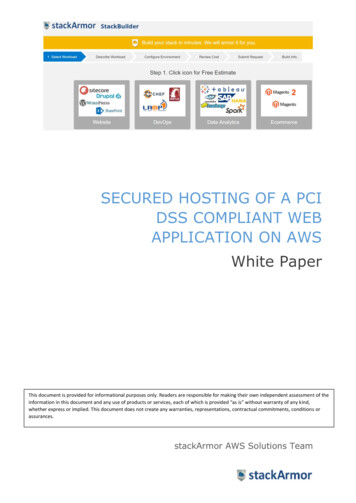
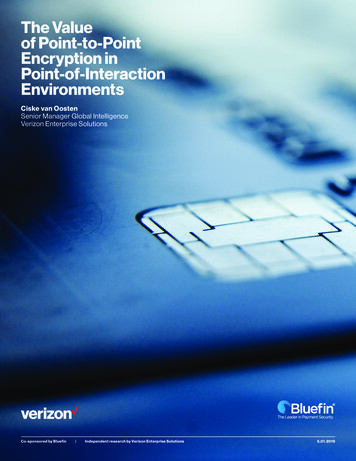

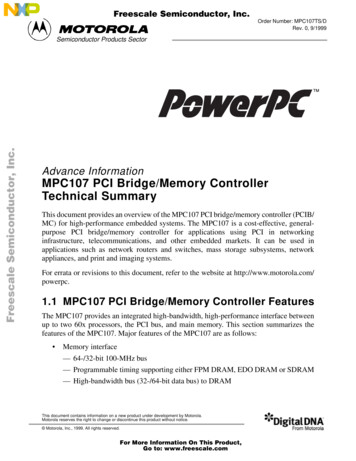
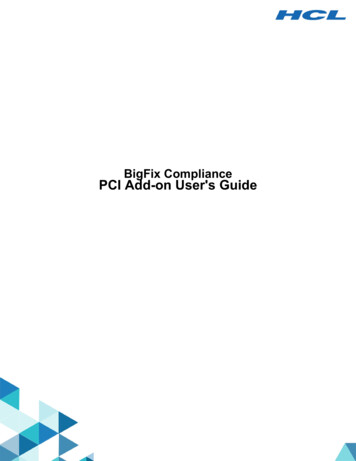
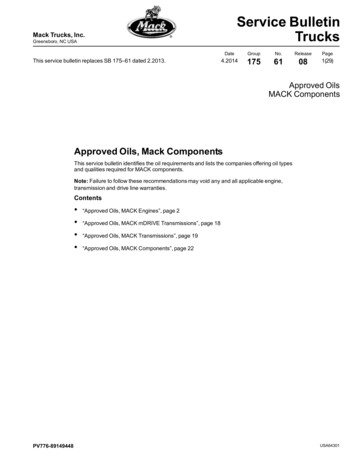
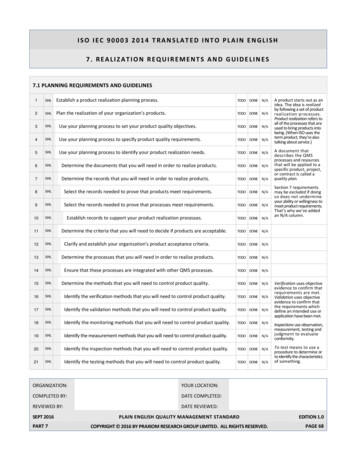
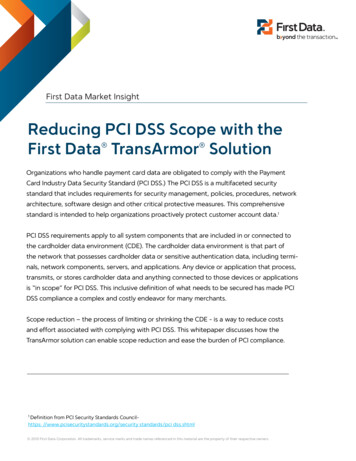

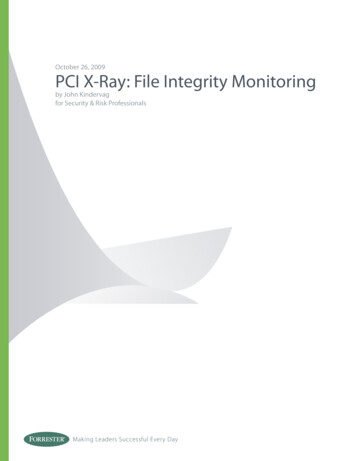
![PCI Compliant - but are we secure -- FOR PRINTING IN GRAYSCALE [Read-Only]](/img/14/303-pci-3.jpg)